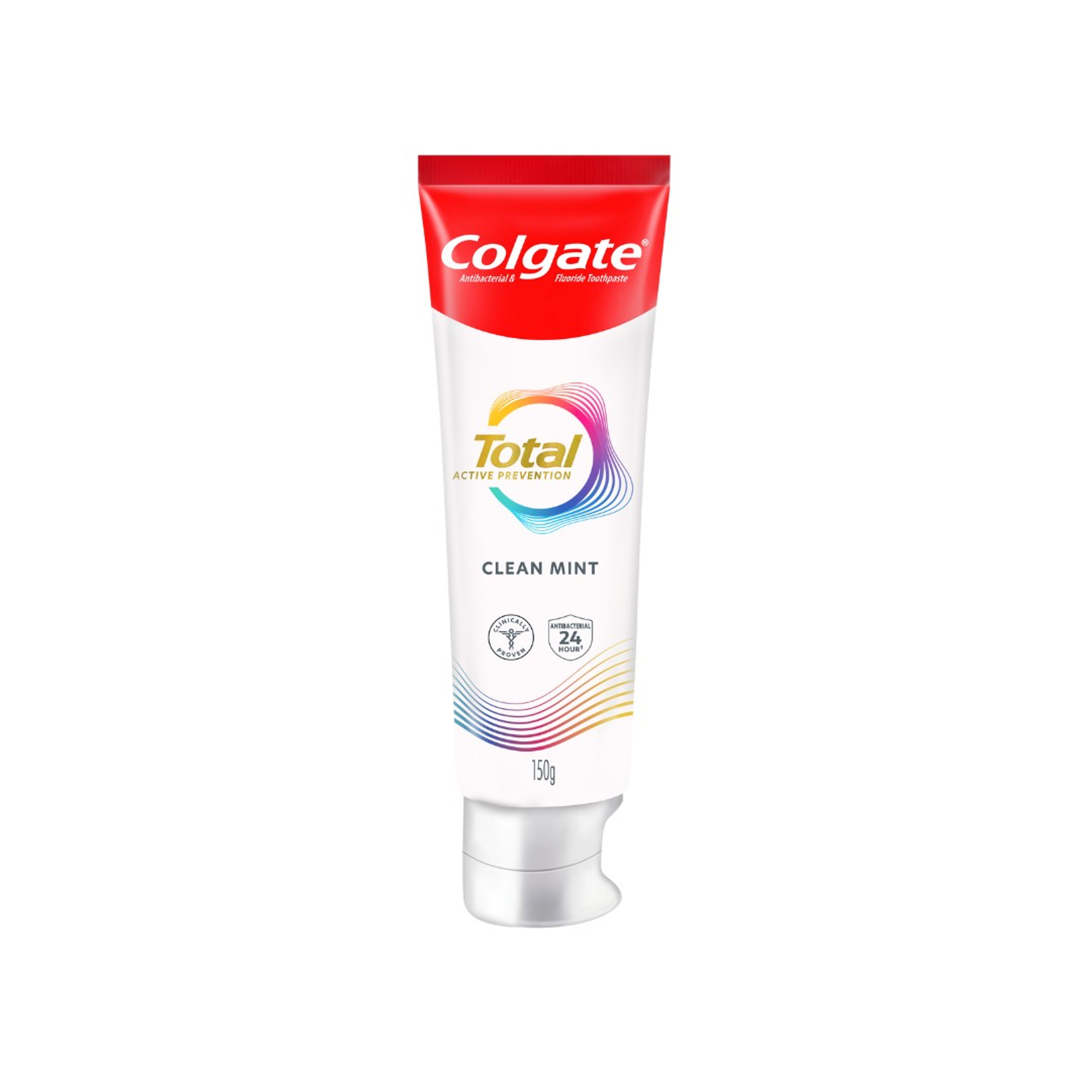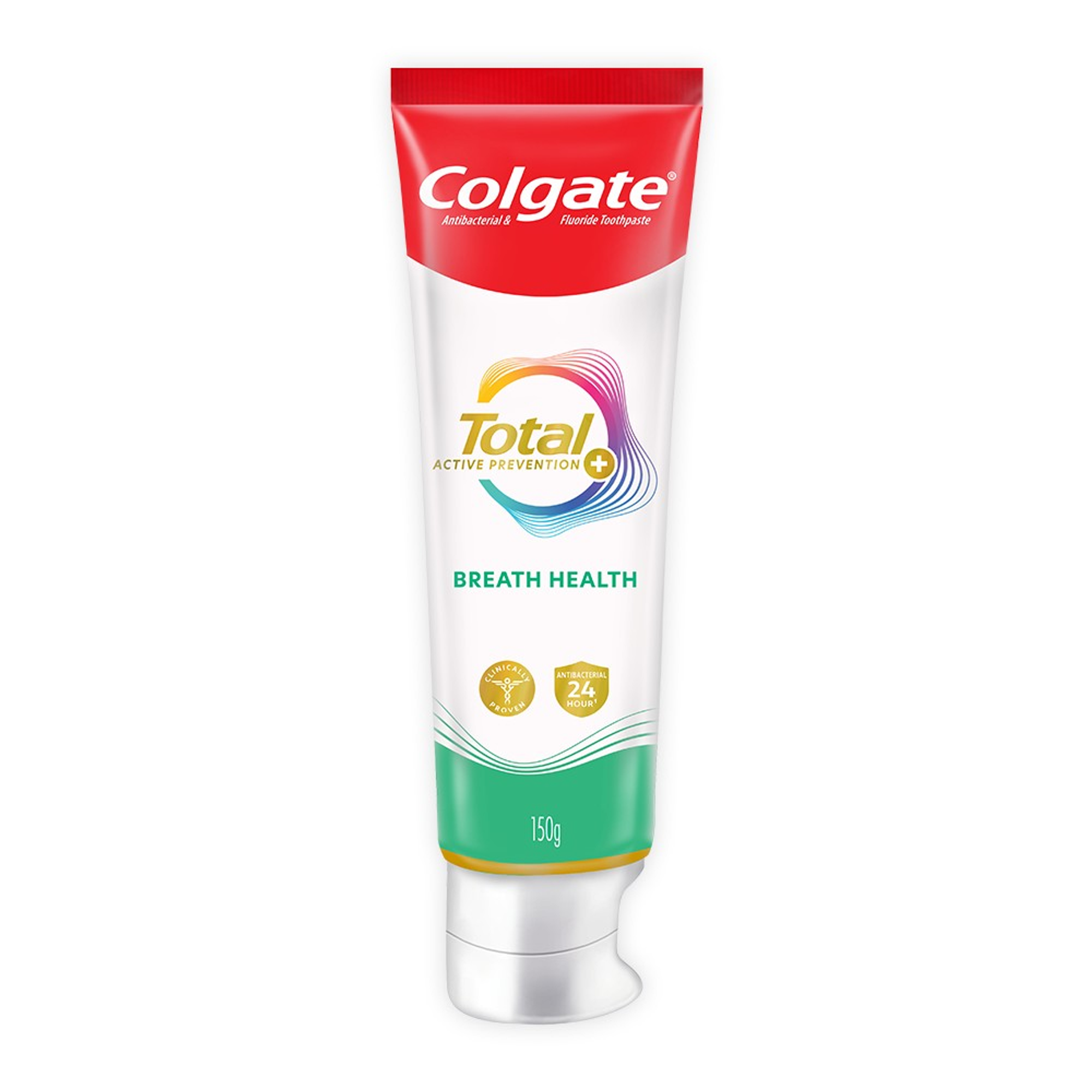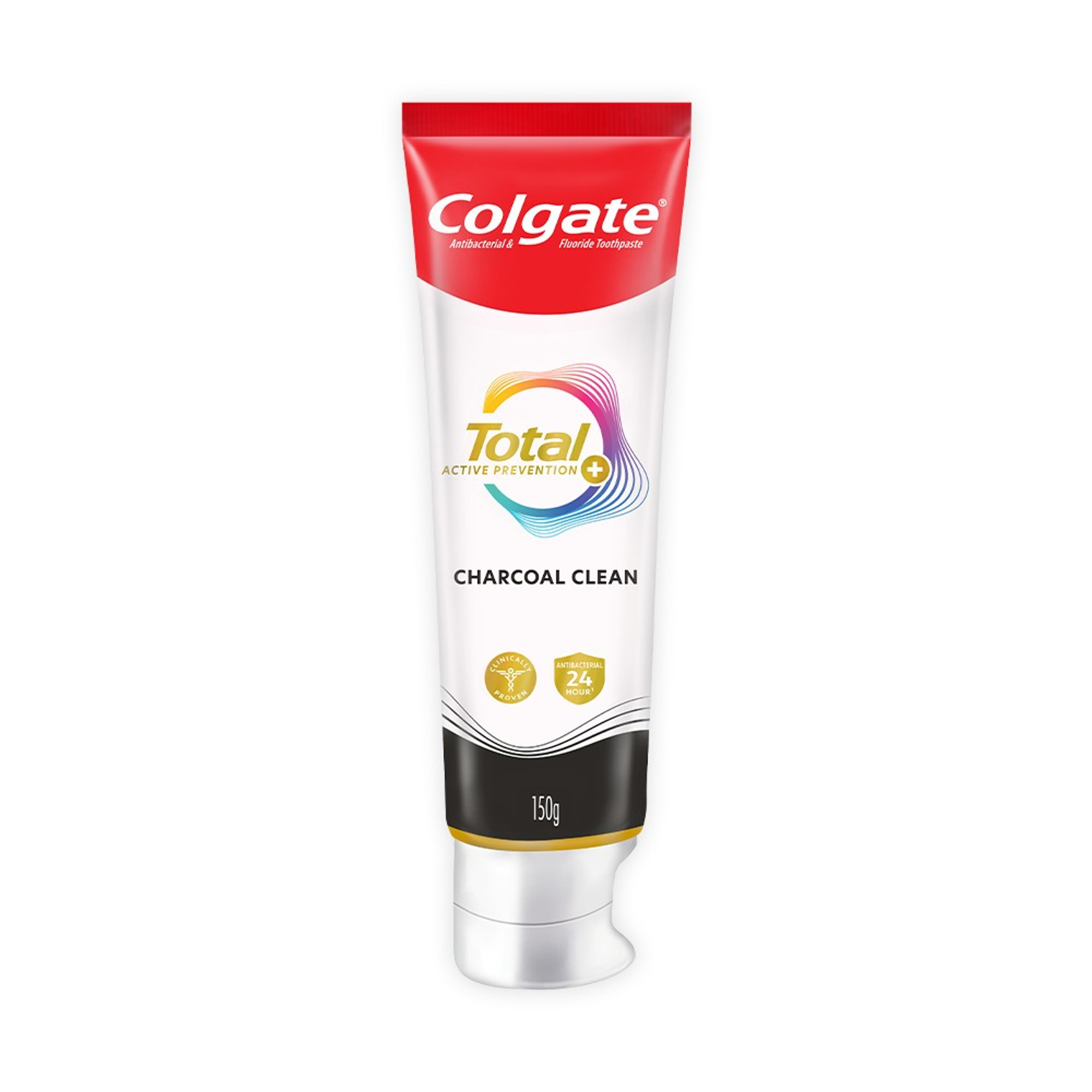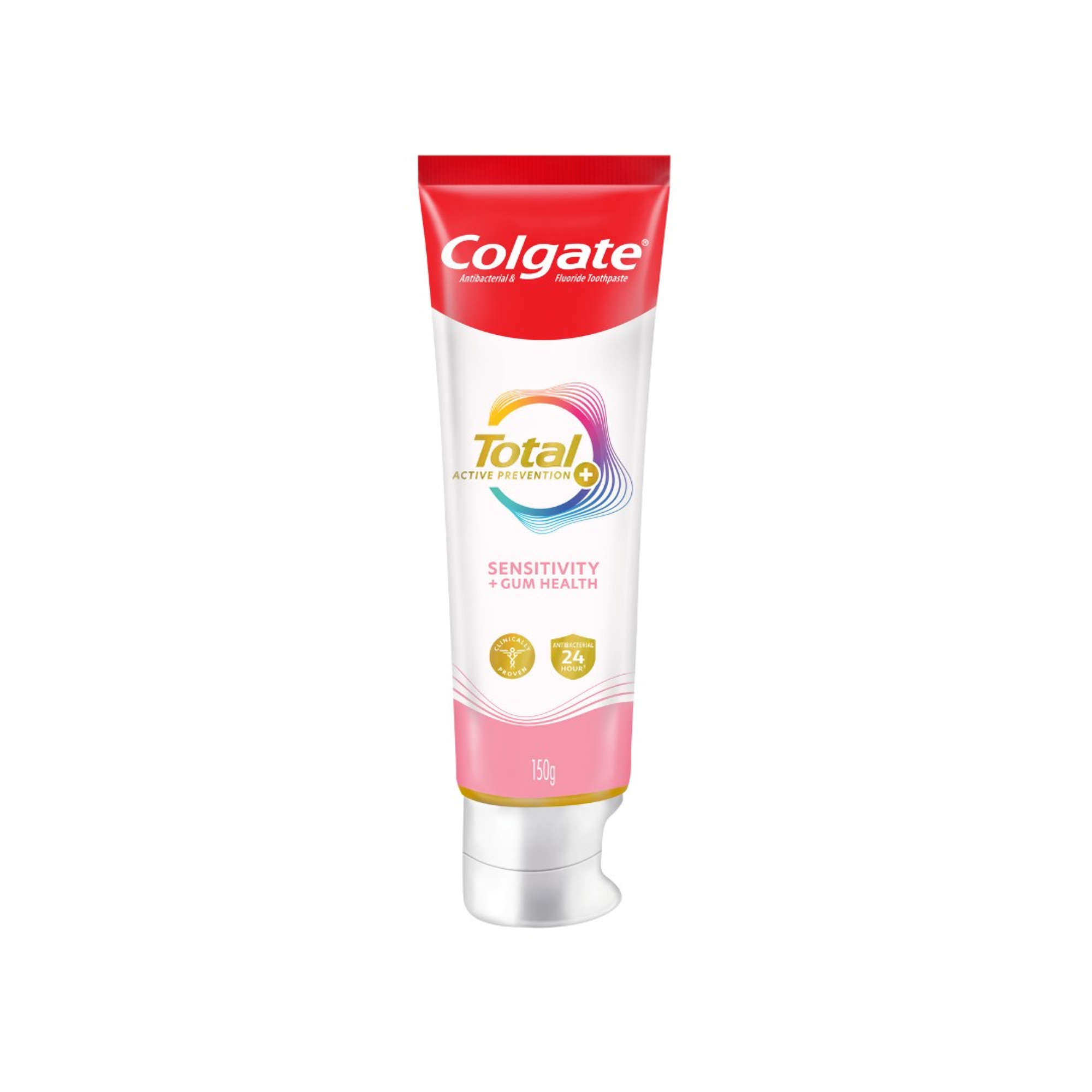-
-

ADULT ORTHODONTICS
Should You Use Mouthwash Before or After Brushing?Brushing and flossing are the foundation of a good oral hygiene routine, but mouthwash can also be a useful addition...

SELECTING DENTAL PRODUCTS
Soft Vs. Hard Toothbrush: Which One Should You Use?The toothbrush has come a long way. As the American Dental Association (ADA) notes...
-
Science & Innovation
- Oral Health and Dental Care | Colgate®
- Oral Health
- Am I A Candidate For Tooth Whitening?


Almost anyone whose permanent teeth have come in can qualify for tooth whitening. Your dentist will be able to assess your oral health and recommend the whitening method that's best for you. Depending on the type and severity of the staining, he or she may suggest one or more of the following treatments:


Purple Toothpaste
THE BEAUTY HACK THAT LET YOU SHINE IN AN INSTANT!
- A professional cleaning to remove external staining caused by food and tobacco
- Use of a whitening toothpaste to help remove surface stains between dental visits
- For extra results, use of a convenient, affordable whitening gel or whitening strips
- Bleaching (in-office or at-home) for more stubborn stains or yellowing
- Veneers or bonding to fix irregular or damaged teeth or to achieve specific results
Ask your dentist which whitening technique is best for you.
- Teeth that are yellow respond best to bleaching. Brown or gray teeth, or teeth striped or mottled from tetracycline or too much fluoride, may not whiten evenly when bleached.
- People with periodontal disease or particularly sensitive teeth may want to avoid chemical whitening techniques that can irritate tender gums.
- Bleaching is not recommended if you have tooth-colored fillings, crowns, caps or bonding in your front teeth — the bleach will not change the color of these materials, making them stand out in your newly whitened smile. You may want to investigate other options, like veneers or bonding with your dentist.
- In some cases involving serious tooth or jaw problems, a crown or cap recommended to correct orthodontic problems may also result in a whiter and more appealing smile.
Copyright © 2002, 2003 Colgate-Palmolive Company. All rights reserved.
11/15/2010
Related Products

Helping dental professionals
More professionals across the world trust Colgate. Find resources, products, and information to give your patients a healthier future










